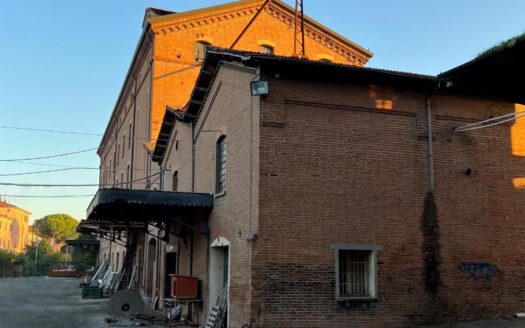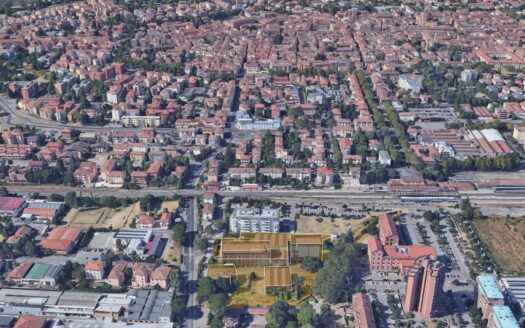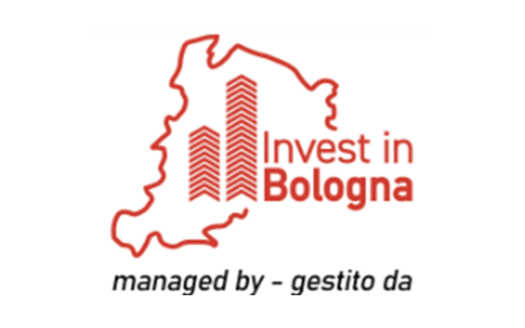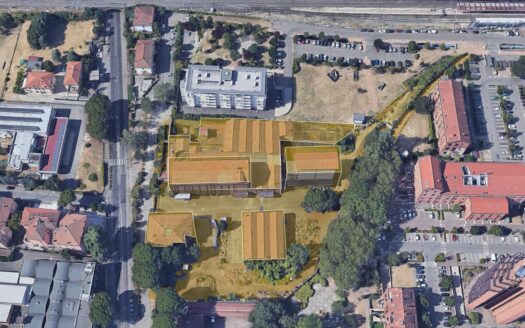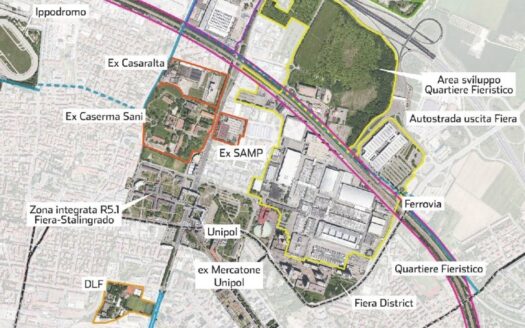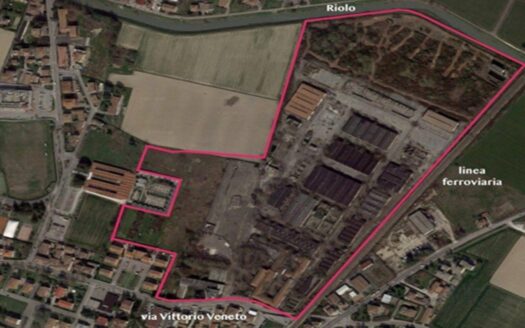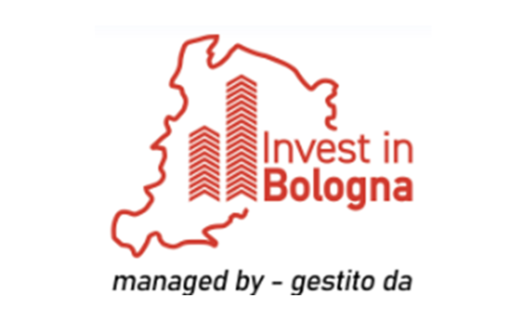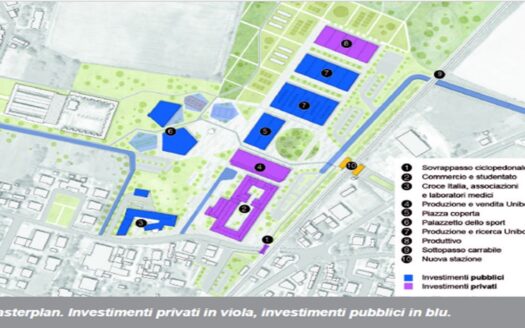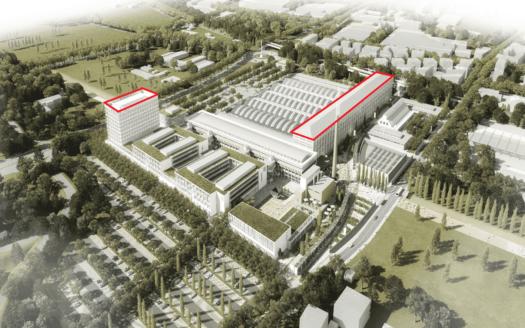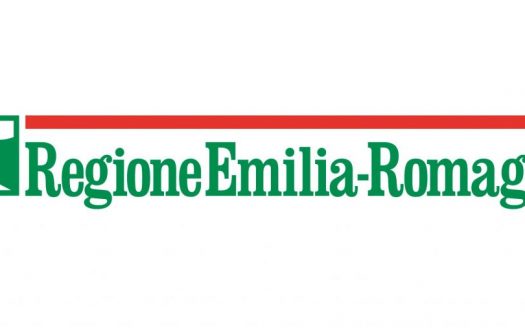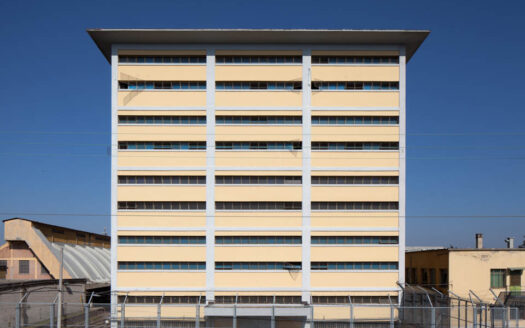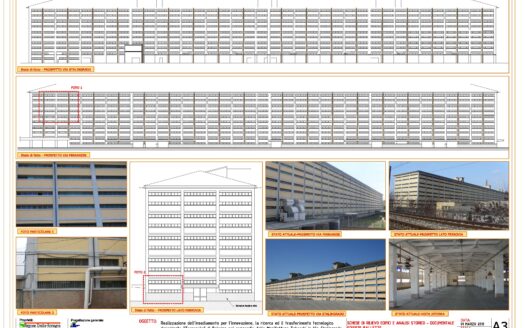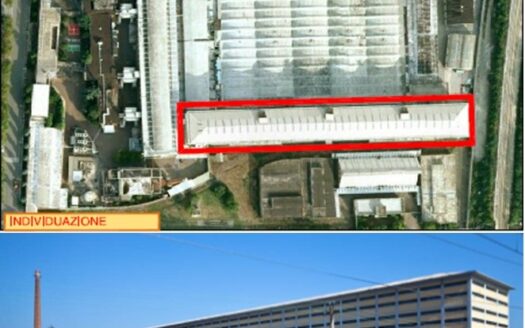The Metropolitan City of Bologna, the regional capital, represents the centre of the region in both administrative and infrastructural terms as home to the main international airport, freight terminal and an exhibition centre that holds global events. The population is 1,016,792 inhabitants. The historic University of Bologna boasts approximately 63,000 students across the area. The main industry is mechanical engineering, with automotive and packaging products of global renown, but the territory is also very present in all the main regional sectors and represents the hub of the Emilia-Romagna Big Data Valley. There is a wide range of cultural and natural attractions that ranges from the city centre to numerous itineraries on the Apennines, with a significant increase in tourism in recent years. National candidate for UNESCO World Heritage Site in 2020 thanks to its famous arcades, Bologna is surprisingly lively in cultural terms while its food and wine tradition is of worldwide renown.
Population
| The Metropolitan City of BOLOGNA | Data | Source – Year |
| Total population | 1.016.792 | Istat – 2019 |
| Male | 48% | Istat – 2019 |
| Female | 52% | Istat – 2019 |
| % youth population (<15 years) | 12,8% | Istat – 2019 |
| % elderly population (>65 years) | 24,4% | Istat – 2019 |
| No. students enrolled in university | 62.605 | Miur – a.a. 2017/18 |
Residential property market trends
(SOURCE OMI, ARTER)
The Bolognese territory is made up of 55 municipalities organized into seven Unions. Overall, the number of transactions for the residential property market has grown across the entire metropolitan area in the last 5 years, from 8,513.27 transactions (NTN) in 2013 to 13,596 in 2018 with a percentage increase of 59.7%. Analysis of the data collected indicates that in comparison to 2017, the metropolitan area of Bologna recorded a 12.2% increase in buying and selling across the entire territory and a 10.5% increase in the regional capital alone; all in line with the positive trend (11.3%) recorded for the entire region.
In terms of property size, transactions in the metropolitan area of Bologna can be broken down as shown:
- 9% properties up to 50 sqm
- 37% properties between 50 sqm and 85 sqm
- 30% properties between 85 sqm and 115 sqm
- 12% properties between 115 sqm and 145 sqm
- 12% over 145 sqm
Like Rimini, the population of Bologna tend to purchase property of 85 m2 or smaller (46%). In terms of the average price for residential transactions, the regional capital of Bologna records an average sales value of €2,796/m2.
Comparison of the 2018 IMI figures for the municipalities in Emilia-Romagna with respective national and regional figures reveals that Bologna is among the municipalities that enjoy a lively market superior to both the national and regional average.
Description of socio-economic context
Production specialisation, districts and specialities, foreign investors in the province
The main industry is mechanical engineering with leading Motor Valley companies (Lamborghini, Ducati) and the Motor Vehicle University (MUNER), as well as outstanding manufacture of metal products and machines for packaging and hydraulics. The mechanics industry is followed by living (important furniture companies and Imola ceramics), agribusiness (typical produce such as fresh pasta and cold cuts) and health (renowned health services and an important prosthetics department).Fashion (clothing and footwear) has a significant presence and there is a high concentration of companies in the sectors of Culture and Creativity.
A total of 1,199 foreign multinationals have invested in the metropolitan area, including: Philip Morris, Audi/Volkswagen, Toyota Material Handling, Marposs, Caterpillar, Titan, and Sherwin Williams. Other outstanding companies include: IMA, GD (Coesia Group), Sacmi, Granarolo, Alfasigma, Bonfiglioli Riduttori, Cefla, Datalogic, Marchesini, LaPerla and Furla.
| Companies and work | Data | Source – Year |
| Number of local units | 96.329 | Smail – 2017 |
| Employees | 379.081 | Smail – 2017 |
| Unemployment rate | 5,6% | Istat – 2018 |
Employees by supply chain (Smail 2017)
Services
Innovation, transport, smart city, etc.
Bologna holds 3rd place nationally (out of over 100 cities) in the 2019 smart city index by I-City Rank (Forum PA). Its logistic position is particularly strategic as it is home to the region’s main international airport, the Bologna freight terminal, a high-speed railway station, and a motorway junction towards both north and south Italy. The Big Data Technopole in Bologna, currently being completed, is the hub of the region’s expanding Data Valley, and has some of the most powerful HPC supercomputers in the world as well as European data centres (ECMWF). The BolognaFiere exhibition centre is one of the most important in the region and holds events such as SAIE/Cersaie, Cosmoprof, Eima, ArteFiera, Children Book Fair and many others.
Cultural and natural heritage, accommodation, tourism
Bologna – home to the oldest university in the Western world – is a national UNESCO 2020 candidate thanks to the 62 km of arcades, in particular in its historic centre. The entire metropolitan area offers historical attractions such as the village of Dozza, Imola’s Rocca Sforzesca and the Rocchetta Mattei. The territory registers an annual presence of 4,822,448 visitors and an accommodation capacity of approximately 39,000 beds (2019). The city is connected with other areas of interest through naturalistic itineraries in the Apennines, such as the “Via degli Dei” which leads to Florence. Food and wine tradition (from tortellini and mortadella to Pignoletto) is combined with cultural attractions that include international festivals such as Cinema Ritrovato, linked to an important cinema restoration centre, and Biografilm. Bologna is UNESCO Creative City of Music, boasting a lively context and a municipal theatre that is one of the most prestigious in Italy.
For more information: https://www.emiliaromagnaturismo.it/it/localita/bologna
Map of main structures and infrastructure
| Distances | Km |
| Bologna – Milano | 215 |
| Bologna – Livorno | 181 |
| Bologna – La Spezia | 213 |
| Piacenza – Bologna | 153 |
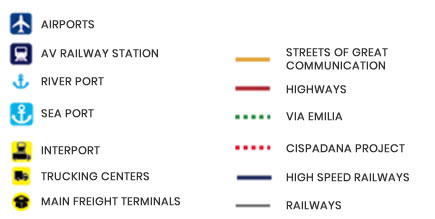
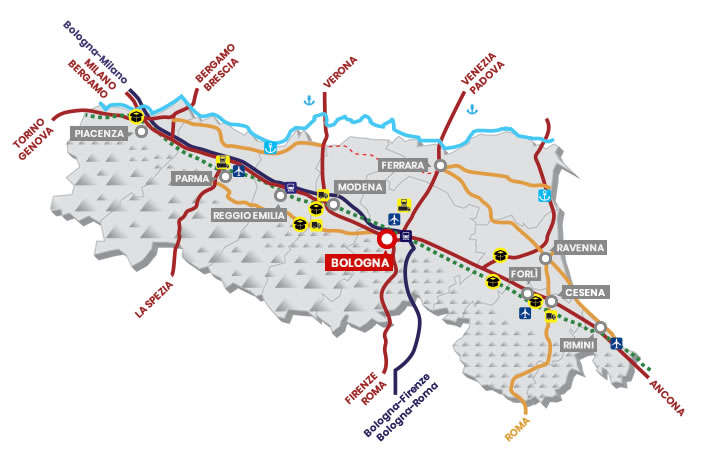
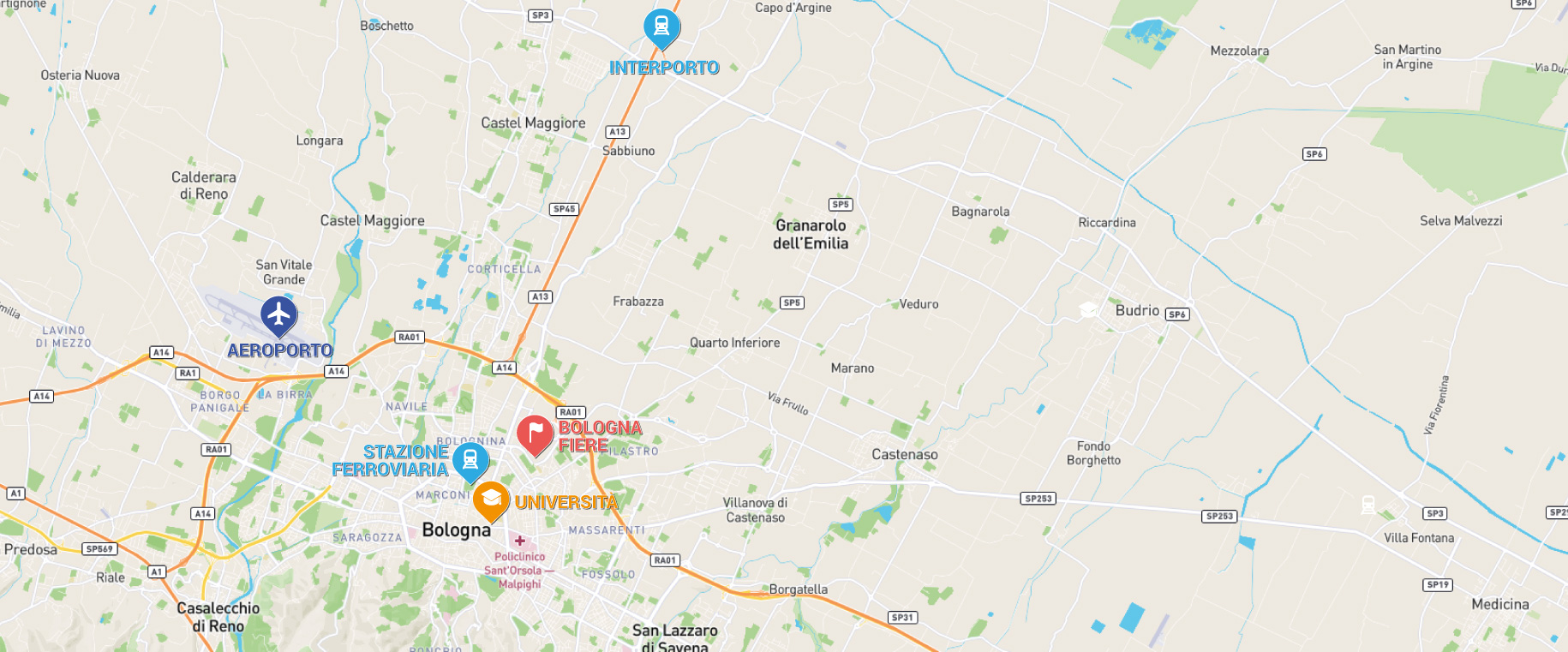
A selection of companies from the Metropolitan City of Bologna


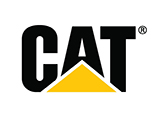
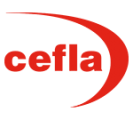















Real estate in Bologna
In-depth links
- Università di Bologna – https://www.unibo.it/
- MUNER – Motor Vehicle University of Emilia-Romagna: https://motorvehicleuniversity.com/
- Bologna Fiere: https://www.bolognafiere.it/en/
- Cersaie: https://www.cersaie.it/en/
- Cosmoprof: https://www.cosmoprof.com/
- Eima: https://www.eima.it/it/index.php
- Bologna Welcome – https://www.bolognawelcome.com/
- Teatro Comunale di Bologna: http://www.tcbo.it/
- Big Data Technopole – Bologna Hub: https://www.youtube.com/watch?v=qj5o8aoNNoc&feature=emb_title
- Cinema Ritrovato Festival: https://festival.ilcinemaritrovato.it/en/
- Biografilm Festival: https://www.biografilm.it/
Italian only:
- Tecnopolo di Bologna: https://tecnopolo.bo.cnr.it/
- Metropolitan City of Bologna: https://www.cittametropolitana.bo.it/portale/








